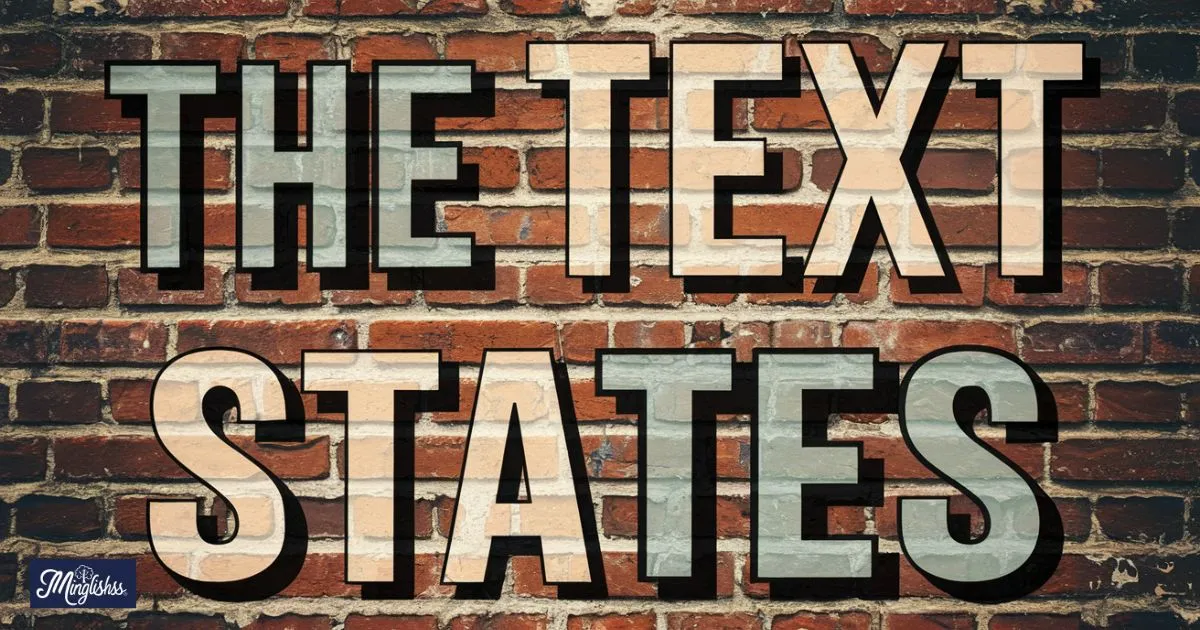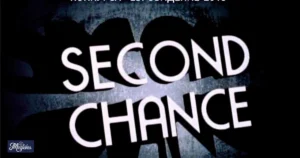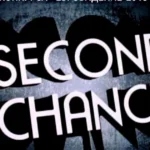“Words can shape understanding, and there are many ways to express the same idea!”
In writing, especially in academic or formal contexts, it’s important to convey information clearly and effectively. Phrases like “the text states” often serve as a bridge to present information, but relying on the same expression can become repetitive.
This is where exploring alternative phrases comes in handy. Using varied expressions can enhance your writing, making it more engaging and dynamic.
In this blog post, we will explore 35 alternative ways to say “the text states.” Each phrase will come with a scenario to illustrate its use, an explanation of its meaning, and additional tips to help you choose the right expression for your context. By the end of this guide, you’ll have a toolbox of phrases that can elevate your writing.
1. The Document Indicates
Scenario: Referencing a research paper in a discussion.
Explanation: This phrase emphasizes what the document is communicating.
Additional Tip: Use it when referring to formal documents or reports.
2. The Passage Explains
Scenario: Analyzing a chapter from a novel.
Explanation: Highlights that a specific section of the text provides clarification.
Additional Tip: Great for literary analysis.
3. The Author Suggests
Scenario: Discussing a thesis in an academic paper.
Explanation: Implies that the author has a viewpoint or recommendation.
Additional Tip: Use this when addressing the author’s perspective.
4. The Text Points Out
Scenario: Presenting findings from a study.
Explanation: Directly indicates that the text is highlighting important information.
Additional Tip: Works well for emphasizing key details.
5. The Article Mentions
Scenario: Referring to an online article in a blog.
Explanation: A straightforward way to reference what’s written in the article.
Additional Tip: Ideal for informal contexts.
6. The Study Reveals
Scenario: Citing research results in a report.
Explanation: Suggests that the study has uncovered important insights.
Additional Tip: Use this in scientific discussions.
7. The Text Illustrates
Scenario: Explaining a concept from a textbook.
Explanation: Indicates that the text provides examples or clarifications.
Additional Tip: Great for educational materials.
8. The Writing Indicates
Scenario: Reviewing an author’s work in a critique.
Explanation: A general way to reference what is expressed in the writing.
Additional Tip: Works well for various types of texts.
9. The Source Asserts
Scenario: Referencing a citation in a paper.
Explanation: Conveys that the source is making a strong statement.
Additional Tip: Good for formal writing.
10. The Text Clarifies

Scenario: Discussing complex ideas from a report.
Explanation: Implies that the text is making things clearer.
Additional Tip: Ideal for explaining difficult concepts.
11. The Document Highlights
Scenario: Presenting key points from a policy document.
Explanation: Emphasizes that specific information is being drawn attention to.
Additional Tip: Effective for summarizing information.
12. The Passage Reveals
Scenario: Analyzing a specific excerpt from a book.
Explanation: Indicates that the passage uncovers information.
Additional Tip: Useful in literary critiques.
13. The Text Demonstrates
Scenario: Explaining principles from a scientific article.
Explanation: Suggests that the text shows or proves something.
Additional Tip: Great for persuasive writing.
14. The Source States Clearly
Scenario: Referring to a clear assertion in a research study.
Explanation: Indicates that the source provides unambiguous information.
Additional Tip: Good for formal discussions.
15. The Document Reports
Scenario: Citing data from a statistical report.
Explanation: Implies that the document is providing factual information.
Additional Tip: Suitable for analytical writing.
16. The Author Emphasizes
Scenario: Highlighting an important argument in an essay.
Explanation: Indicates that the author is stressing a particular point.
Additional Tip: Ideal for argumentative writing.
17. The Text Suggests
Scenario: Referring to recommendations in a guideline document.
Explanation: Implies that the text offers advice or options.
Additional Tip: Use this in advisory contexts.
Other Ways to Say “Have a Nice Evening”
18. The Report States
Scenario: Discussing findings from a corporate report.
Explanation: Indicates that the report provides specific information.
Additional Tip: Effective in business communications.
19. The Passage Outlines
Scenario: Summarizing key points from a chapter.
Explanation: Indicates that the passage provides an overview.
Additional Tip: Great for summarizing lengthy texts.
20. The Study Suggests
Scenario: Analyzing conclusions from a research paper.
Explanation: Indicates that the study offers insights.
Additional Tip: Suitable for scientific discussions.
21. The Text Affirms
Scenario: Referencing strong statements made in an article.
Explanation: Suggests that the text is confirming information.
Additional Tip: Works well in formal contexts.
22. The Document Reveals
Scenario: Presenting findings from an investigative report.
Explanation: Indicates that the document uncovers important insights.
Additional Tip: Great for highlighting surprising results.
23. The Article Highlights
Scenario: Discussing key takeaways from a news article.
Explanation: Emphasizes specific information in the article.
Additional Tip: Useful for summarizing content.
24. The Writing Shows

Scenario: Analyzing themes in a poem.
Explanation: Indicates that the writing demonstrates specific ideas or themes.
Additional Tip: Effective in literary discussions.
25. The Text Discusses
Scenario: Introducing topics covered in a book.
Explanation: A straightforward way to indicate what the text covers.
Additional Tip: Good for summarizing broad subjects.
26. The Document Provides Insight
Scenario: Referencing analytical pieces in a report.
Explanation: Suggests that the document offers valuable information.
Additional Tip: Ideal for informative writing.
27. The Source References
Scenario: Citing sources in a research paper.
Explanation: Indicates that the source is citing other works.
Additional Tip: Useful in academic writing.
28. The Text Reveals Information
Scenario: Analyzing findings from a research study.
Explanation: Indicates that the text is providing knowledge.
Additional Tip: Effective for presenting data.
29. The Document Illustrates
Scenario: Discussing examples in a guidebook.
Explanation: Implies that the document provides examples.
Additional Tip: Suitable for instructional materials.
30. The Article Discusses
Scenario: Referencing topics covered in a magazine article.
Explanation: Indicates that the article explores specific subjects.
Additional Tip: Great for general writing.
31. The Passage Outlines Key Points
Scenario: Summarizing a section from a manual.
Explanation: Indicates that the passage provides an overview of important details.
Additional Tip: Useful for instructional contexts.
32. The Text Describes
Scenario: Analyzing descriptive writing in a novel.
Explanation: Suggests that the text provides details about a subject.
Additional Tip: Effective for literary analysis.
33. The Document Claims
Scenario: Referencing a controversial statement in an article.
Explanation: Indicates that the document is making a specific assertion.
Additional Tip: Works well for argumentative contexts.
34. The Source Suggests
Scenario: Discussing recommendations in a research paper.
Explanation: Implies that the source offers insights or suggestions.
Additional Tip: Suitable for advisory writing.
35. The Text Expresses
Scenario: Analyzing emotional content in a piece of writing.
Explanation: Indicates that the text conveys feelings or ideas.
Additional Tip: Great for emotional or expressive writing.
Pros and Cons of Using Alternative Phrases
Pros
- Adds variety to writing, keeping it engaging.
- Allows for more precise communication based on context.
- Enhances the reader’s understanding and interest.
Cons
- Some alternatives may not fit every context.
- Overusing certain phrases can still lead to repetition.
Conclusion
Exploring various ways to say “the text states” can significantly enhance your writing style. By incorporating these 35 alternatives into your vocabulary, you can express ideas more dynamically and engage your audience effectively.
Choose phrases that resonate with your message and context, and watch your writing become more vibrant and impactful.

Hi, I’m Zadie Smith: I’m dedicated to helping others master English through practical tips. I enjoy making complex ideas simple and accessible for everyone.










